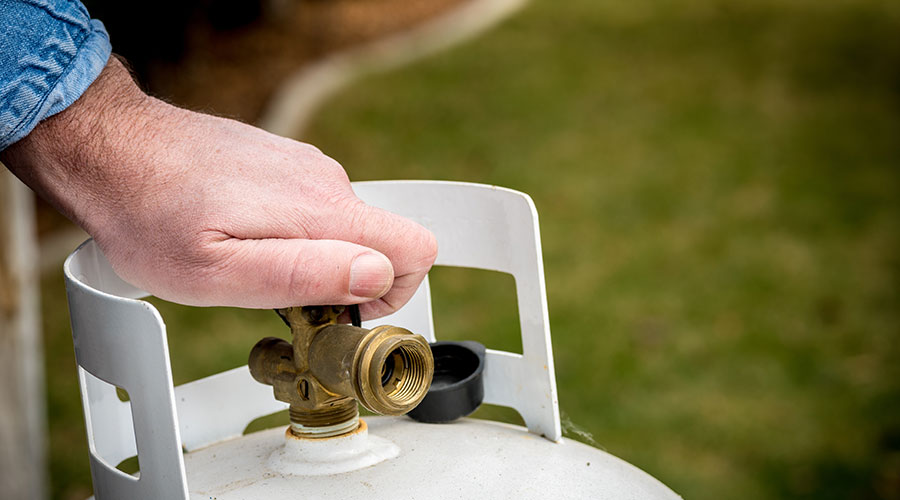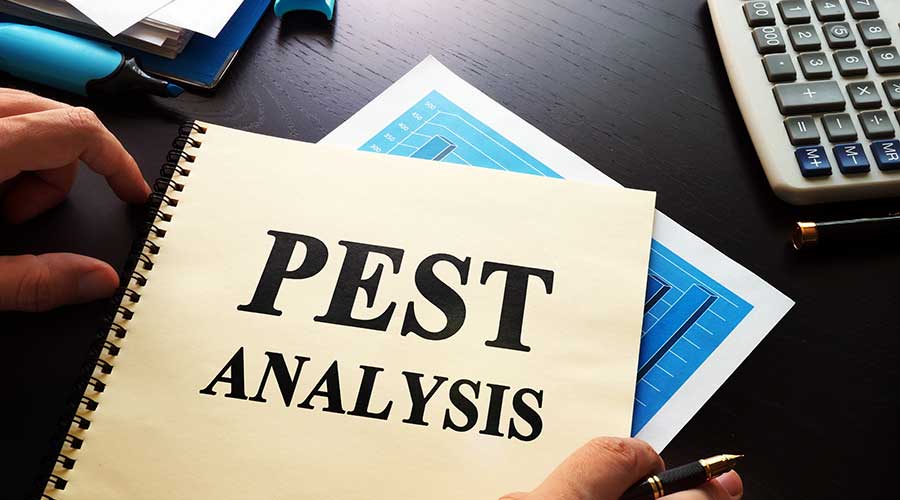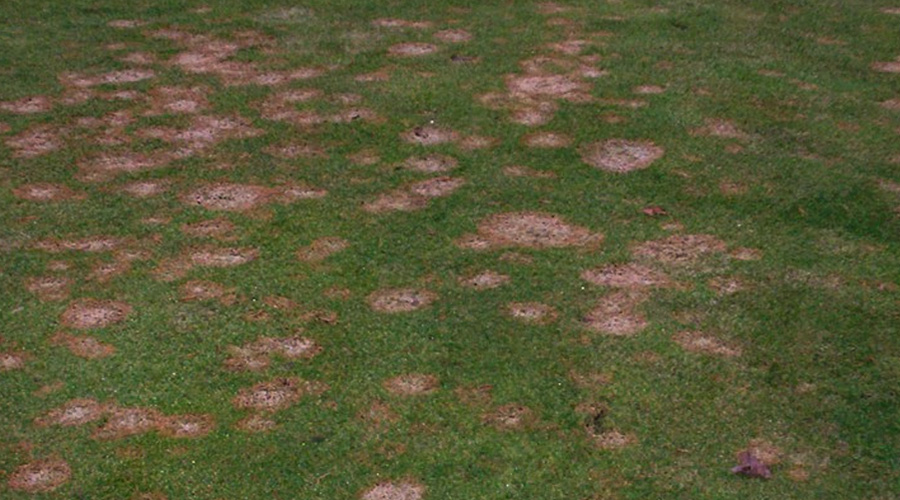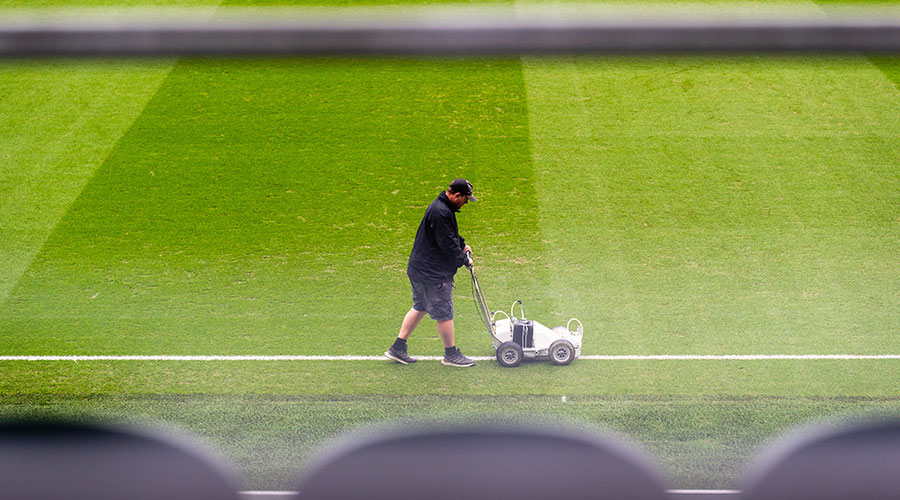Establishing a Pest Control Plan
Controlling pest issues represents a continual investment in properties.
By Howard Riell, Contributing Writer
Maintenance and engineering managers need to control a wide range of operational factors in their institutional and commercial facilities. Pest control is one of a manager’s most important responsibilities.
“While every facility has its own unique design and needs, there are foundational strategies that apply to nearly all properties,” says Adam Jones, vice president of Massey Services Inc., in Orlando. “One of the first priorities should be pest prevention.”
A newly constructed building offers the best natural protection against pests when door and window seals are intact, and the roof, walls, and foundation are in their best condition. Over time, however, exposure to the elements and daily activity take their toll. Cracks form, seals degrade, and both weather and traffic contribute to structural vulnerabilities.
To mitigate these issues, facility managers should implement a comprehensive preventive maintenance plan, according to Jones. “This includes regular inspections to identify and repair any developing structural weaknesses, along with a robust sanitation program that covers both solid and liquid waste,” he says.
A consistent, well-defined janitorial schedule combined with proactive pest prevention “contributes to a clean, safe environment — one where employees feel comfortable and motivated to work,” Jones says.
At its most basic, pest control involves the random spraying of pesticides in and around a structure, whether needed or not. Jones calls that a “short-term, reactive solution to fighting the pest issue. It typically won’t eliminate the problem for the long-term.”
An effective solution begins with a preventive approach that identifies and eliminates the conditions, avenues and sources that can lead to a pest infestation.
“Partner with a pest management provider that not only services the facility but also acts as an extra set of trained eyes,” Jones suggests. “Their inspections should go beyond prevention and treatment. Inspections should proactively identify early signs of pest activity and report developing issues before they escalate.”
Selecting the right pest-control company with which to partner can be crucial. Jones urges managers to hire one with proven experience in their specific industry or building type. “The needs of an office complex differ significantly from those of a healthcare facility or a warehouse, so industry-specific knowledge is key,” he says.
Managers who don’t already have a formal pest control plan in place should request that prospective providers submit a proposal based on Integrated Pest Management (IPM) principles — customized to their facility’s specific environment — and ensure they employ certified professionals who maintain appropriate credentials and participate in ongoing training programs.
“A well-structured, preventive pest program is not just a service,” Jones concludes. “It’s a long-term investment in the safety, cleanliness and operational continuity of your property.”
Additional steps that Jones recommends include:
- Disposing of liquid waste properly via drains
- Placing solid waste in lined trash receptacles
- Maintaining the integrity of structural elements — doors, windows, walls, roofs, and foundations — to prevent pest entry
- Establishing a consistent inspection schedule to identify and address issues before they become major problems
- Keeping records and employing a maintenance team with the proper training and certifications.
- “When everyone follows these basic protocols,” Jones has found, “the result is a cleaner, safer and more efficient facility.”
Howard Riell is a freelance writer based in Henderson, Nevada.
Related Topics:











